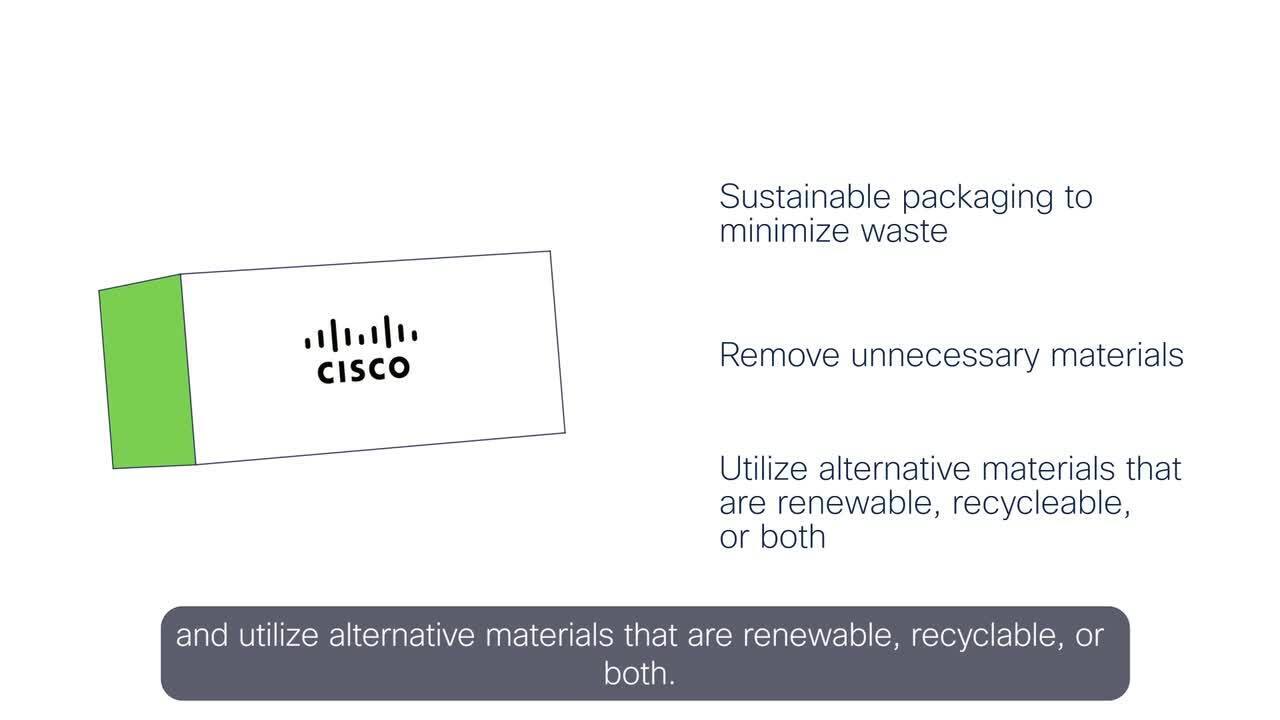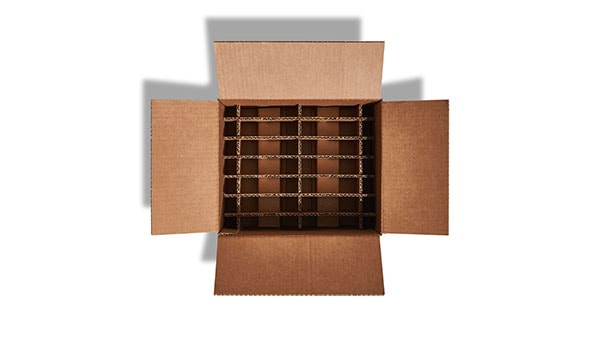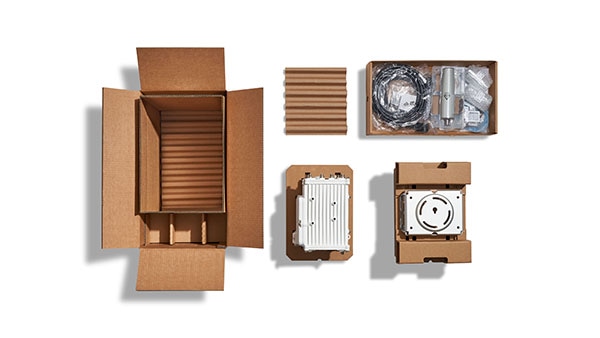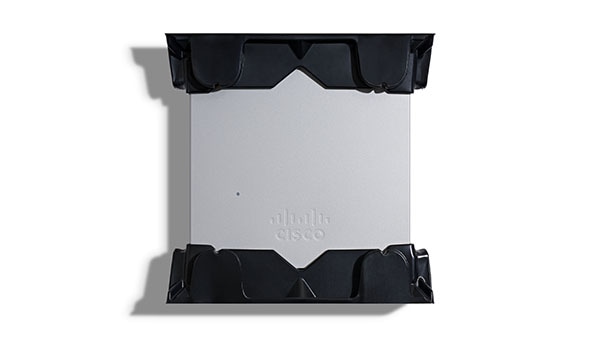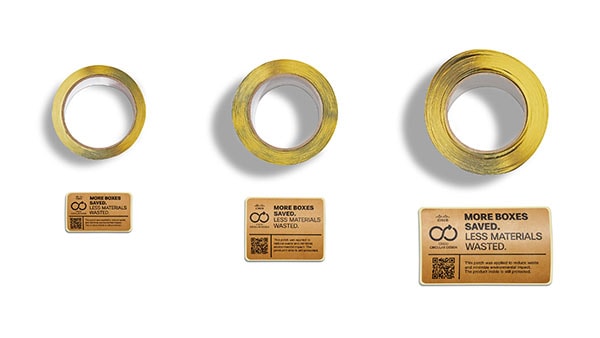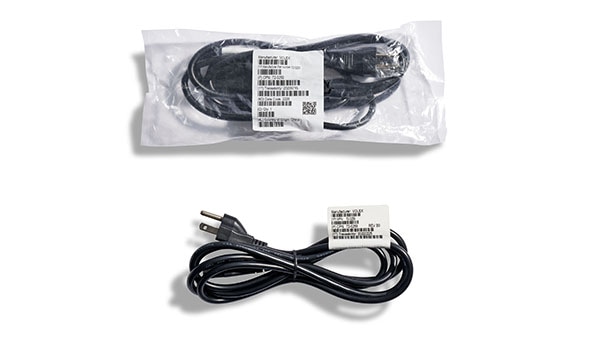Packaging serves the key function of protecting a product from damage during transit and storage. At Cisco, we are working to remove unnecessary packaging and make what remains reusable and easy to recycle.
Beyond basic packaging and material requirements, Cisco evaluates its packaging design based on principles that allow for more sustainable materials, overall material reduction, and optimal space efficiency.

